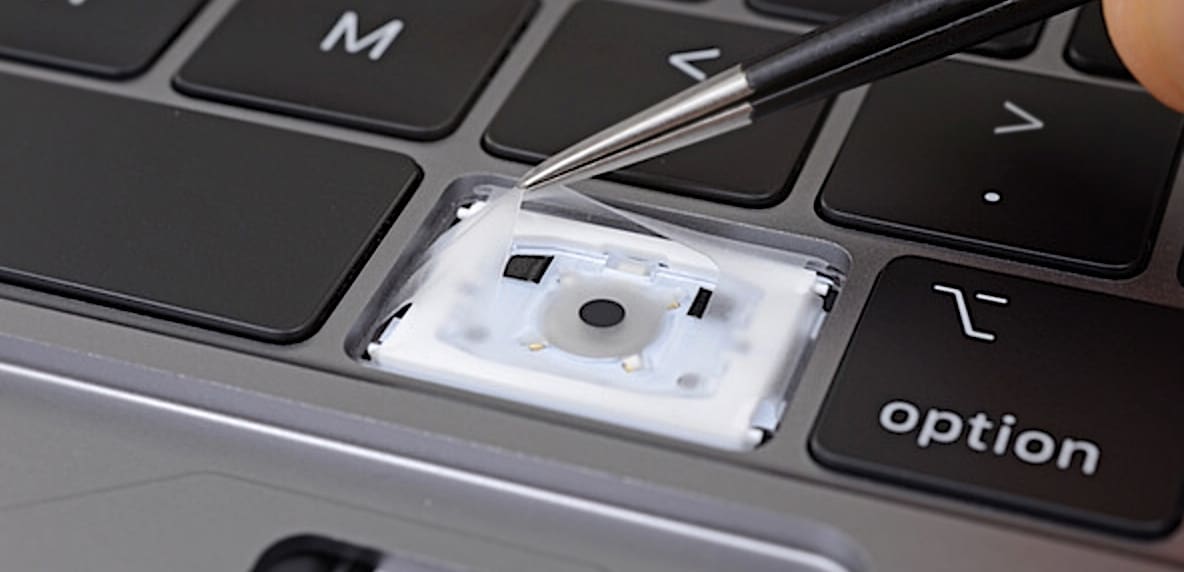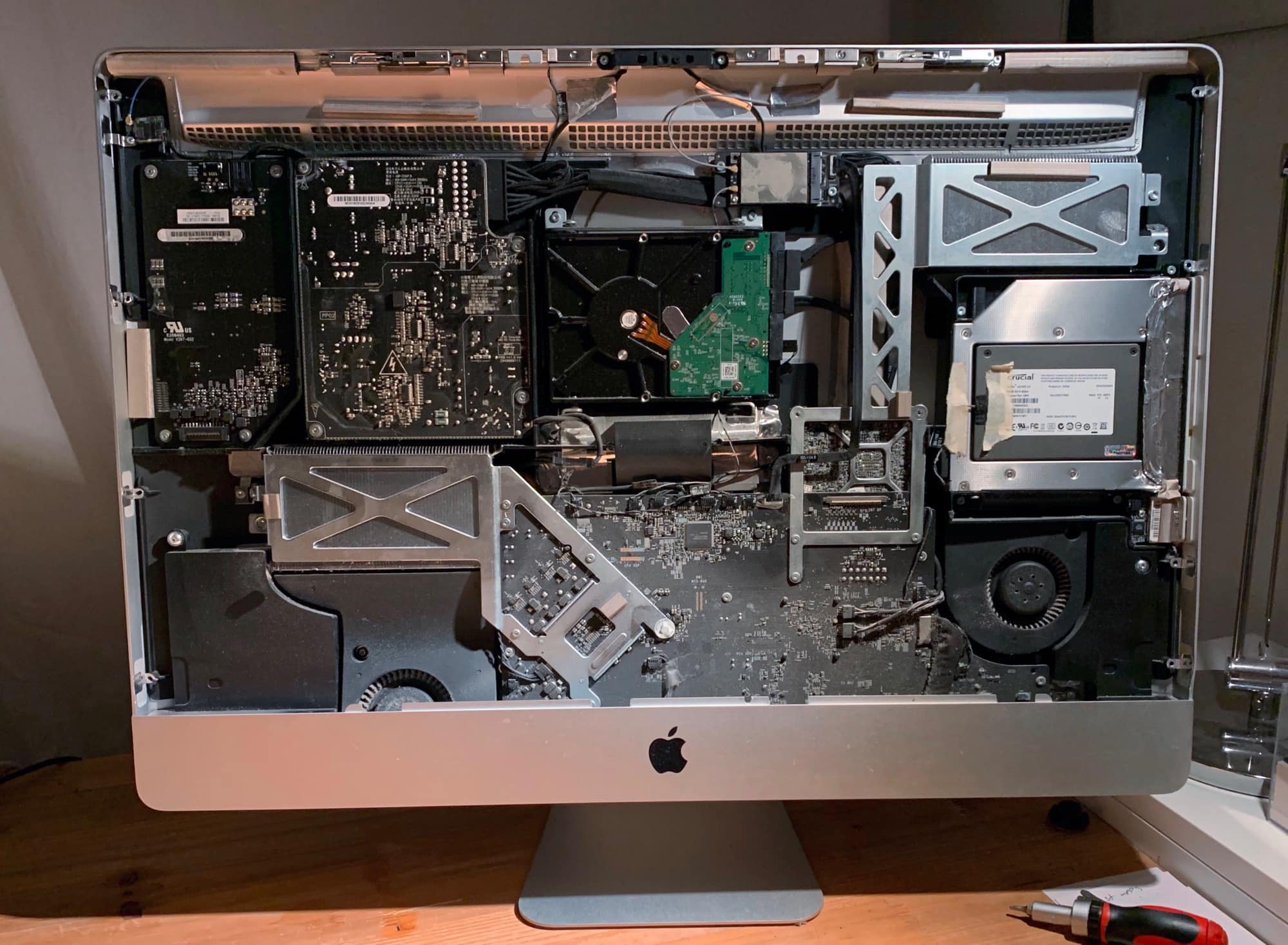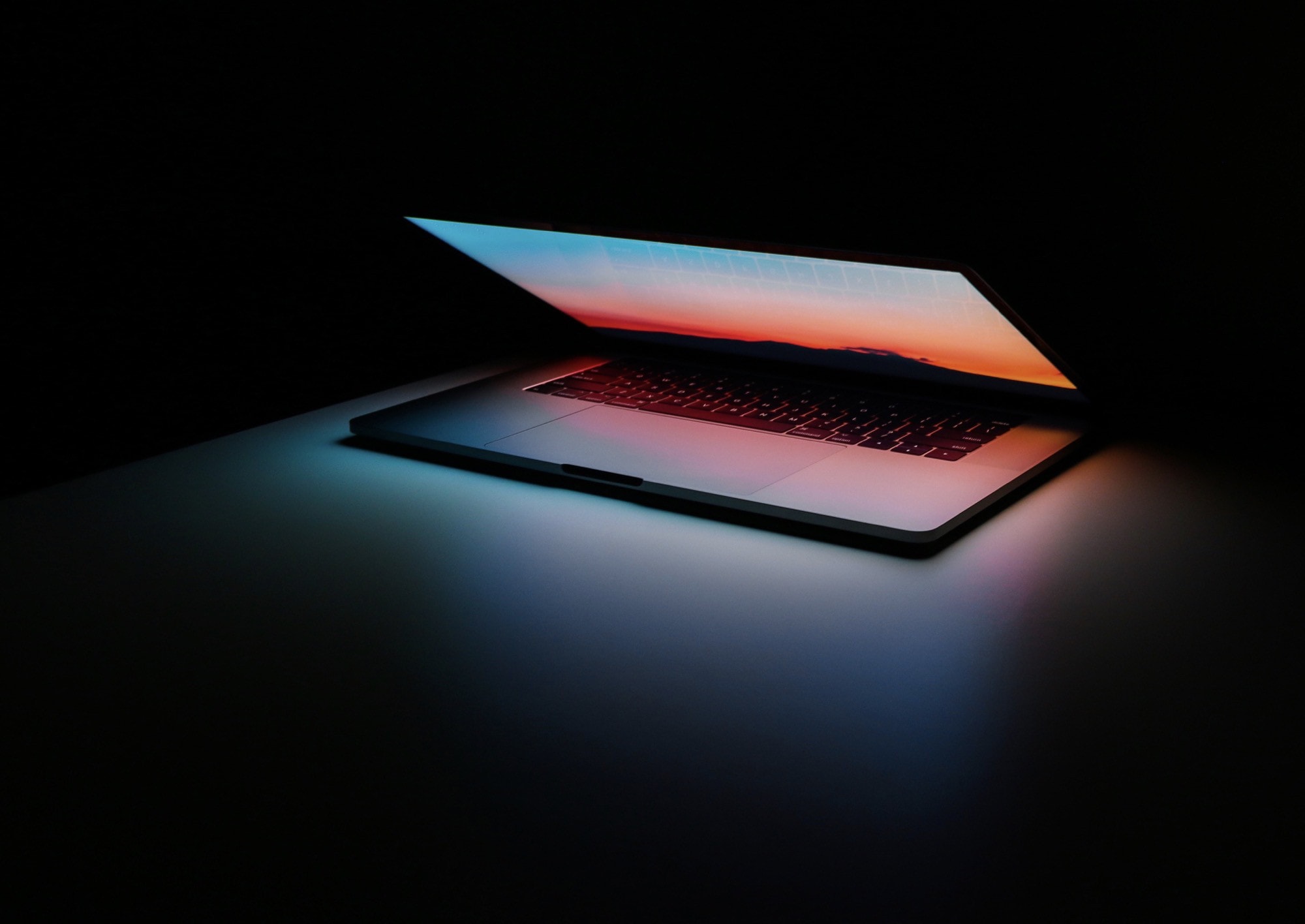Despite the endless disappointments with iPadOS 13, there’s still no way I’d switch to a MacBook right now. MacBooks (and MacBook Pros) were always the gold (or aluminum?) standard for laptops — reliable, well-designed and long-lasting. Reviewers would even recommend that PC users buy a Mac and install Windows on it via Boot Camp. But today, MacBooks problems abound.
Apple’s laptops are a sorry bunch. And it’s not just the troublesome butterfly keyboard. Every week, I read tweets and blog posts about freelancers and employees of big companies alike losing valuable time as their MacBooks go back for repair for the third or fourth time. So what is happening? What are the biggest problems with today’s MacBooks? And can these MacBook problems be fixed?
Multiple MacBook problems
The butterfly keyboard
The ultra-slimline butterfly keyboard is the single biggest reason not to buy a MacBook. It looks and feels great, but it just doesn’t work. A spec of dust can disable a key. And even if the dust doesn’t get you, the software will. Keystrokes either fail to register, or register twice, typing two of the same letter for one press.
Third-party software can mitigate the latter, which only makes me wonder why Apple can’t do the same.

Photo: iFixit
Is the latest, dust-sealed iteration of the butterfly keyboard any better? Perhaps. But the fact that Apple still covers it with its keyboard replacement program shows that even Apple doesn’t trust it.
The rumors of a new 16-inch MacBook Pro include talk of a new, scissor-switch keyboard. But whatever Apple does, it needs an entirely new keyboard. It shouldn’t be too hard. After all, every other computer for the past couple of decades managed it.
MacBook ports
Buy a MacBook Air or lower-tier MacBook Pro, and you get two USB-C/Thunderbolt ports. One of these will often be taken up by a power cable, so you’re always going to need a hub. I’m cool with the hub part of this. Why plug everything in individually when you can dock all your peripherals on the desk, and hook them up with one cable?
But that’s not the whole story. Some USB gear needs to be connected directly. Audio gear, for example, doesn’t like sharing a hub. The best option is to buy a high-quality Thunderbolt dock, but those are pricey, running into the hundreds of dollars.
USB-C-only ports are getting to be much less of a liability now that most new gadgets use the new plug, and USB-C hubs take care of the rest. But two ports is too few. Even the top-of-the-line MacBook Pros only offer four. And what about throwing in an SD card reader?
Upgradeable storage and RAM
Soldering SSDs and RAM into place is the most space-efficient way to build things, but it sucks for upgradeability. There’s no way I’d have been able to keep my old iMac running for nine straight years without being able to swap in an SSD and new RAM. Maybe the MacBook Air doesn’t need to have user-replaceable parts, but the bigger MacBook Pros certainly should.

Photo: Charlie Sorrel/Cult of Mac
Maybe they’d be a little thicker. Or maybe not. When Apple finally puts its own A-series ARM CPUs into MacBooks, Cupertino’s engineers will be able to dump some fans and reduce the size of the batteries, all while getting better performance. Maybe that extra space should go to removable storage and RAM? (In iMacs, this lack of user-replaceable parts is unforgivable.)1
Trust
All of this amounts to a loss of trust. In the past, I’d never think twice about what kind of computer to buy. It would be a Mac. And, while there’s no way I’m switching to Linux, Chrome or Windows just yet, I’m not buying anything. Instead, I’ll keep my old iMac chugging along, even though it can’t run anything newer than macOS High Sierra. And I’ll endure the frustrations of trying to get work done on an iPad “Pro” running iOS 13.
Even when Apple eventually makes a new MacBook with a reliable keyboard, I’m going to have trouble trusting the company again. Trust is based on your expectations of how somebody will behave. And Apple has shown itself to pretend that obvious problems don’t exist, and to keep making hardware compromises that nobody wants.
MacBook problems
Between these terrible MacBooks, and the dire state of Apple software, these are dark days for Mac users. If anyone can turn things around, it’s Apple. But does Cupertino care enough anymore?
- The 27-inch iMac does at least let you add RAM. And if you’re feeling brave, you can open up the computer and dig out the old HDD. But it’s a dangerous mission. ↩


